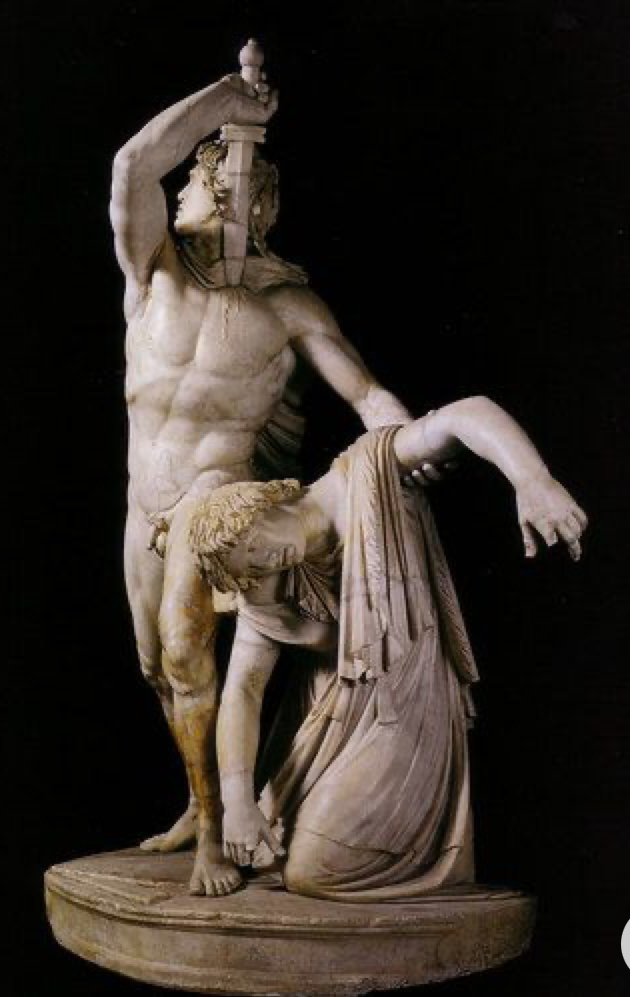Theme 2
The right Tension to move
When one learns a new movement or movement pattern,
it always needs some time until it feels right in the body.
This “rightness” is a process that includes various factors.
All information we confront passing in general either through a conscious or a more less unconscious process. This depends if we recognize the movement as something already known or something completely new.
Of course we have a movement memory, which evaluates unconsciously the given action as something new, similar with some differences to a known movement or equal to a known action. But, before one can execute in a free and secure manner, all received information like visual patterns, coordinative aspects, spacial factors, variations or repetitions of tension and relaxation
and so on passing through a memory-filter. If we recognize something as known, we copy and paste. (That includes the right as well the wrong things).
If the received information is new, a mental process starts in order to embody the action, means, the movement passes from the abstract level of the mind into the physical body level.
One of those evaluated movement aspects appears to be the muscular energy we use and need in order to execute the movement.
It seems quite normal, that the amount of used muscular energy is always higher in the beginning of the learning process, than after a certain time of practice. The process of practice includes the important aspect of repetion which signification is not just a monoton, funtional, stupid and lifeless imitation of a given movement. But a constant deepening procedure of physical and mental awareness which never ends.
In order to find the right sensation of the correct use of muscular tension, the use of repetion is inevitable as a measure that should constantely refine its own physical perception.
In many cases one concludes to early the process of perception and deepening, therefore often the movement execution developes with the passing time into a monoton, sterile repeat of physical action, missing any bodily intelligents and inner sensation. And further more, one stayes and continues unconsciously with a twisted sensation of body tension. Therefore it is from highly importance that we receive correct daily refreshed out- inside information about our muscular tension and use of energy in relation to the executed body action.
The outside information we receive from the teacher. The tutor should have a profound theoretical and practical knwoledge about the interaction of tension and relaxation within the movement, and the use of muscular energy and body weight as alternating motion factors.
The inside information, is as important as the outside one. It appears often under developed and neglected,
As well as the teacher observes its students, one self has to develope this frequently under evaluated attitude of auto-observation. In the process of the “inner way”, we become aware of our own over or under tension and can develope a sensible and intelligent relation to the right use of muscular energy and body weight, of tension and relaxation.
Approaches as the Feldenkrais Method or Alexander Technique develope a profound and comprehensive consciousness about our weight, the use of energy and body tension. The focus of those exercises is not to work the muscle but to reanew the neurological -muscle relation.
In which part of the body do we place and feel the right amount of tension in order to keep in balance, upright?
Where are the main locations of tension in the body and which body parts are less charged or free of tension?
Simultaneous Multiple-Tension?
Does the tension changes or remains the same during the movement?
Does the body moves in space by muscular energy, means an active weight change or through body weight, as a passive weight change?
”In a good body posture the bones are alined by the supporting muscles, so the main muscles are free to move the body.”
Moshe Feldenkrais
To keep upright is a dynamic process, therefore existing constant little muscular adjustments in order to maintain the equilibrium.



